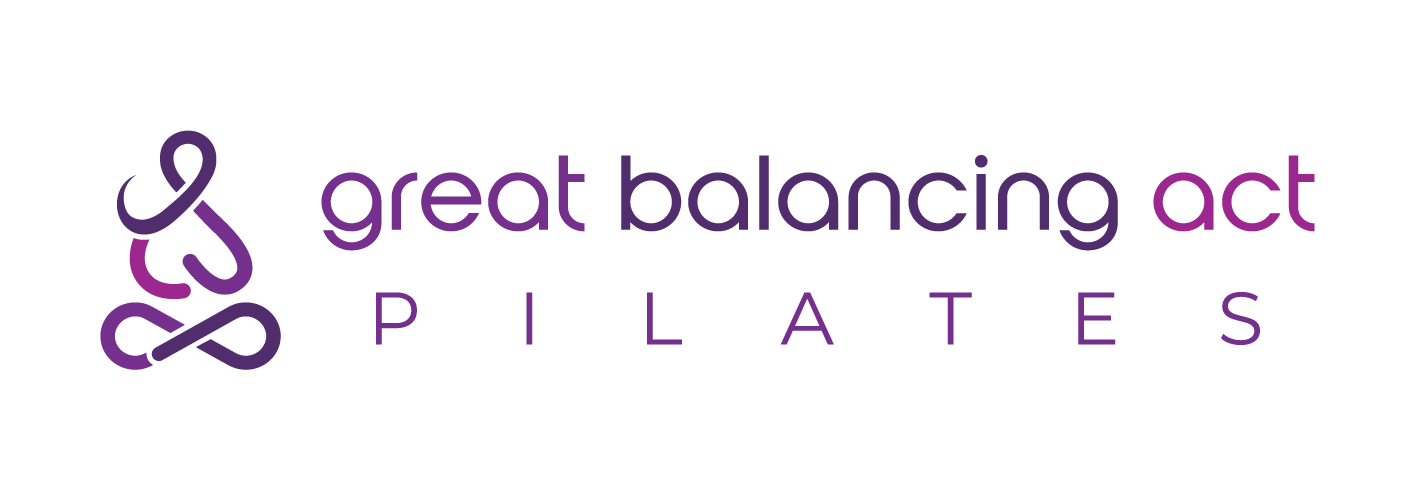Fairy Dogmother
My friend Kathy is a fairy dogmother--at least that’s how I think of her. For over five years now she, and her dog Max, have played foster parents to six dogs coming to her from Chicago Animal Care and Control through New Leash on Life Chicago. These are dogs that have either been surrendered by their owners or taken in as strays and not picked up. Kathy and Max welcome these dogs into their home and give them the love and care they need to prepare them for permanent homes. I should state here I am not a “dog person” although dogs don’t seem to mind. I grew up with two wonderful cats, who lived to ripe old ages, and then had another two cats who have also since passed away. Romeo, my first baby, was an all black short hair with green eyes who used to sleep on my pillow every night, eat all his sister’s food, and had a purr like an outboard motor. Although I dearly loved his sister, Juliet, a gorgeous Maine Coon long-hair who was too lady-like to ever jump on my lap for food the way her boorish brother did, Romeo was my baby. My freshman year of college, home from Christmas break, I knew he was sick by the wheezing I could hear down the hallway. “You’d better not die while Marcia is away at school,” my mother admonished him. He managed to hang in until my first day home for summer break, when his heart finally failed at age 17. I cannot imagine being the person I am today without the love, play, and connection he gave me growing up. He was my partner, my buddy, my confident, my friend. Whether you identify as a cat or dog person, or as all-purpose animal lover, anyone who has grown up with aMax, Kathy and Herbert pet knows how influential the exchange of love and energy between our pets and ourselves has been. I often wonder why it’s so hard for so many of us to recognize how crucial the day-to-day energy exchange with our fellow humans is to transforming our mood and development when we can so clearly see the link between ourselves and our pets. Perhaps because it’s more complicated between humans. People are not as forthcoming about their needs as pets are--often we can’t even figure out what our needs really are. Rarely are we as open and honest with each other as we are when interacting with an animal. Many people criticize cats as selective about how and who they love; maybe that’s why I’m a cat person, because I like feeling I have to earn a cat’s love; maybe I’m like a cat in that it takes me a while to warm to people and trust them. Dogs often seem to exhibit an optimistic enthusiasm towards me that makes me think they have me on a list somewhere of “humans to win over”; unfortunately, their unbridled efforts usually feel invasive and make me want to retreat. Max, though, is a special case. Max is a wire-haired terrier mix who, as Kathy says “looks like a TV dog.” I can see why Max is good with other dogs; he seems very attuned to the energy of others, and he respects what you are putting out. Kathy says he’s known as the “wise old man” at the dog park. When I first officially met Max, he joined me and Kathy at an outside table at the Bucktown Pub. Max was on a leash, and came around the table, turned himself to sit aligned with me (facing Kathy), and lay down, a respectable foot away from my feet. I soon found myself wanting to pet him. Unlike many dogs I’ve encountered, Max seemed to know I needed to come to him on my own time. And I did. We spent most of the evening next to each other, me scratching his ears every so often. Max's first dayMax had it pretty rough. After Kathy’s childhood dog Aria (who spent summers with her mom in the “country” and winters with Kathy in the “city") passed away, she took some time considering whether she was ready and willing to have a dog full time. Enter Max. Max was listed on a website downstate run by a woman that tried to place dogs who had been removed from bad situations; since that time, that woman has founded her own not-for-profit, Making a Difference Rescue. Max was initially taken from a hoarder who had him and 30 cats kept in tiny cages, and was now under foster care with a family whose patience with him had run short. “I had this dream I got a scruffy dog, and I kept going back to his picture,” Kathy says. She had to leave town for two weeks, but Kathy convinced the family to hold out until she got back into town. When Kathy first reached to touch Max, who had been led out on a leash, he growled at her; eventually he took a few treats from her hand. He was 17 pounds then (37 now) and his ribs were visible beneath his coat, but Kathy looked at him and thought, “Yep, that’s my dog.” The first couple days were rough, no pun intended. Max growled and hung back in the corner of her apartment. “I ignored him for a while, and fixed myself a cheese sandwich, and finally he came over to get some sandwich.” The first night she kept him in his crate, unsure of how he’d behave while she slept. The second night he woke her crying at 4 am. “We went for a walk, then came back, and I thought, let’s try this without the crate.” The next morning she awoke to find Max on the floor by the bed, and reached out a hand to him. Max bypassed her hand, nuzzled his whole head into the warm crook of her neck and at that moment Kathy knew they were going to be okay. Now the bed is Max’s domain; the only place other foster dogs aren’t allowed (with the exception of Herbert, a Corgi mix who seemed to enjoy finding all the reusable plastic bags in the kitchen cabinets when Kathy was out and scattering them about the place only to confront her with a “Isn’t this GREAT!” kind of look when she returned.) Max, if he could have, likely would have rolled his eyes; that was just Herbert. Max and ThomasBut before Herbert, there was Thomas, a Cocker Spaniel mix; then Elliot, who Kathy says “looked like Sherlock Holmes,” and was deaf. According to Kathy, Max figured out how to train Elliot faster than she could, learning to bare his teeth in lieu of barks or Kathy’s vocal commands. Janice was a tiny white Shih Tzu mix who got adopted in three weeks; Drake was an American Cocker Spaniel purebred who Max missed so much after he left for his new family that Max moped for days after; then Herbert. Joanie, Kathy’s most recent foster dog, was a shivering white Bichon who was panicked for the first four days, crying constantly, but then would melt into Kathy when she held her. Her coat was so matted that she couldn’t walk and had to be shaved, but her fur was clean and it was this that led Kathy to believe she might have belonged to an elderly person who hadn’t been able to properly care for her, then passed away. “She had a broken heart,” Kathy says simply. Joanie took a month to turn around and is now safely ensconced in a new home, as were all the rest. Max and Joanie Kathy says noMax and Draket every dog is easy. There have been months and years between foster dogs, but now, it seems, she and Max have it down to a science. “Me and Max, we’re a team, and we’re really sad when they go but it just makes us closer. He has an important job-- teach them how to walk on a leash, what to bark at, what not to bark at, what time to eat, what time to go out...” Max, she says, is pretty amazing at sharing everything except his rawhide; she always buys a second one for the guest. He’s also very tuned in to other dogs’ needs; once, at a fundraising event, Max sought out a frightened foster dog and calmed her, spending most of the event sitting by her side. I ask Kathy how she thinks Max learned to be like this; she says she thinks some dogs just are like that, and that she is extremely lucky. “I think Max is an old soul,” she says. “That’s why he’s so amazing and patient.” I think Max was lucky too; I think he learned to love and care for others because his owner showed him how. Kathy, of course, also has a job, a full time one. She says there are days when the last thing she wants to think about is if a new dog made a mess in her house, but she insists that the reward she feels caring for these often traumatized pets outweighs the work. She also recognizes how focusing her energy on Max and the foster dogs helps to alleviate stress from her job. “Dogs don’t have ulterior motives,” Kathy says. Teaching them isn’t really all that complicated if you pay attention and reward them for their good behavior. And she feels it all starts with creating a safe, calm environment, and a structure for them to adhere to. Sounds pretty similar to how humans work. Max and her take breaks between fostering. Kathy says she can tell when Max needs time off, when he needs to have his house back, when they need time just for themselves. And then, at some point, Kathy will feel it’s time to call New Leash and tell them she and Max are ready for another dog.Max and Janice Kathy says one of the great rewards of fostering is how effective and consistent the results are. “What you give, you get back.” And if it’s true what the scientists say about thermodynamics, that we cannot create energy alone, we need others help to transform it and change it, then perhaps the concept of karma is not an entirely spiritual one. My guess is Max understands it too, and the way Kathy explains it, she learns as much from him as he has from her. I don’t think even Groupon can beat that deal. A few facts about having pets: Pet owners are less likely to suffer from depression than those without pets. People with pets have lower blood pressure in stressful situations than those without pets. Playing with a pet can elevate levels of serotonin and dopamine, which calm and relax. Pet owners have lower triglyceride and cholesterol levels (indicators of heart disease) than those without pets. Heart attack patients with pets survive longer than those without. Pet owners over age 65 make 30 percent fewer visits to their doctors than those without pets. A pet doesn’t have to be a dog or a cat. Even watching fish in an aquarium can help reduce muscle tension and pulse rate. If you are interested in adopting or fostering a dog, check out these websites: New Leash on Life Chicago Making a Difference Rescue

